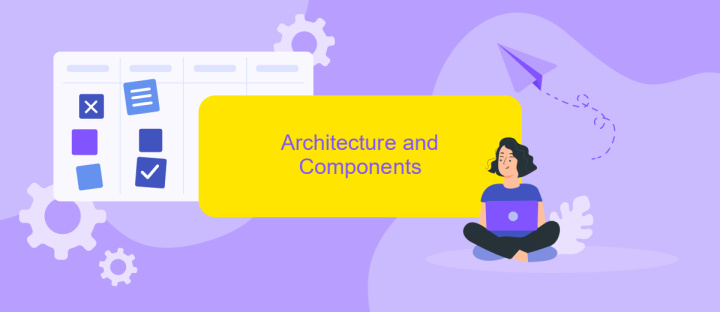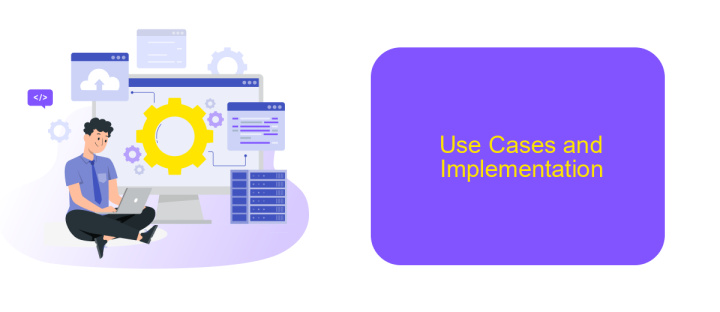Oracle Data Integration
Oracle Data Integration is a comprehensive suite of tools designed to streamline and enhance the process of data integration across diverse systems. With its robust capabilities in data movement, transformation, and quality management, Oracle Data Integration ensures seamless and efficient data flow, enabling organizations to harness the full potential of their data for informed decision-making and strategic growth.
Introduction
Oracle Data Integration is a comprehensive solution designed to streamline and enhance the process of data integration across various systems and platforms. It offers a robust set of tools and technologies that enable organizations to seamlessly connect, transform, and manage data from diverse sources, ensuring data consistency and accuracy.
- Efficient data transformation and cleansing
- Seamless integration with cloud and on-premise systems
- Real-time data synchronization
- Scalability to handle large volumes of data
One of the key aspects of Oracle Data Integration is its ability to integrate with third-party services like ApiX-Drive, which simplifies the setup of complex integrations. ApiX-Drive offers a user-friendly interface to connect various applications and automate data workflows without the need for extensive coding. This synergy between Oracle Data Integration and ApiX-Drive ensures that businesses can achieve faster and more reliable data integration, ultimately driving better decision-making and operational efficiency.
Key Features and Benefits

Oracle Data Integration offers a comprehensive suite of tools designed to streamline data management and integration processes. With its robust ETL (Extract, Transform, Load) capabilities, businesses can efficiently consolidate data from various sources, ensuring high data quality and consistency. The platform supports real-time data integration, enabling organizations to make timely, informed decisions based on the most current data available.
One of the standout features is its seamless integration with third-party services like ApiX-Drive, which simplifies the process of connecting diverse applications and automating workflows. This enhances operational efficiency by reducing manual intervention and minimizing errors. Additionally, Oracle Data Integration provides advanced data security measures, ensuring that sensitive information is protected throughout the integration process. The platform's scalability and flexibility make it suitable for businesses of all sizes, offering a cost-effective solution for managing complex data environments.
Architecture and Components

Oracle Data Integration is a comprehensive solution designed to streamline data management and integration across various platforms. Its architecture is built to support complex data workflows, ensuring seamless data movement, transformation, and synchronization. The system is composed of several key components that work together to provide robust data integration capabilities.
- Oracle Data Integrator (ODI): This is the core component responsible for designing, executing, and managing data integration processes.
- Oracle GoldenGate: This tool enables real-time data replication and integration, ensuring data consistency across different systems.
- Oracle Enterprise Data Quality (EDQ): This component helps in maintaining high data quality by providing tools for data profiling, cleansing, and matching.
- ApiX-Drive: An essential service that can be integrated with Oracle Data Integration to automate data workflows and streamline API-based integrations.
These components collectively form a robust architecture that supports various data integration scenarios, from batch processing to real-time data synchronization. The inclusion of services like ApiX-Drive enhances the system's flexibility, allowing for seamless integration with external APIs and third-party applications, thereby optimizing data workflows and improving overall efficiency.
Use Cases and Implementation

Oracle Data Integration is a robust solution designed to streamline data management processes across various platforms. It offers a seamless way to integrate, transform, and manage data from multiple sources, ensuring data consistency and reliability. This makes it an ideal choice for businesses looking to enhance their data workflows.
One of the primary use cases for Oracle Data Integration is in real-time data synchronization. It allows organizations to keep their data up-to-date across different systems, which is crucial for decision-making and operational efficiency. Additionally, it supports data migration, enabling businesses to move large volumes of data between different environments with minimal downtime.
- Real-time data synchronization
- Data migration between environments
- Data transformation and cleansing
- Integration with cloud and on-premises systems
Implementing Oracle Data Integration can be further simplified with tools like ApiX-Drive, which facilitates the setup of integrations without the need for extensive coding. ApiX-Drive offers pre-built connectors and an intuitive interface, making it easier for businesses to connect Oracle Data Integration with other applications and services, thereby enhancing overall data management capabilities.


Conclusion
In conclusion, Oracle Data Integration provides a comprehensive and robust solution for managing data across various platforms and applications. Its ability to seamlessly integrate, transform, and govern data ensures that organizations can achieve real-time insights and make informed decisions. The platform's scalability and flexibility make it suitable for enterprises of all sizes, addressing the diverse needs of modern data environments.
Moreover, leveraging additional tools like ApiX-Drive can further enhance the integration process. ApiX-Drive offers a user-friendly interface and a wide range of pre-built connectors, simplifying the integration of various data sources with Oracle Data Integration. By utilizing such services, organizations can streamline their workflows, reduce manual efforts, and ensure data consistency across their systems. Ultimately, Oracle Data Integration, complemented by tools like ApiX-Drive, empowers businesses to harness the full potential of their data assets efficiently.
FAQ
What is Oracle Data Integration?
How does Oracle Data Integration benefit businesses?
What are the key components of Oracle Data Integration?
How can I automate data integration processes?
What are the common challenges in data integration and how to address them?
Time is the most valuable resource for business today. Almost half of it is wasted on routine tasks. Your employees are constantly forced to perform monotonous tasks that are difficult to classify as important and specialized. You can leave everything as it is by hiring additional employees, or you can automate most of the business processes using the ApiX-Drive online connector to get rid of unnecessary time and money expenses once and for all. The choice is yours!

